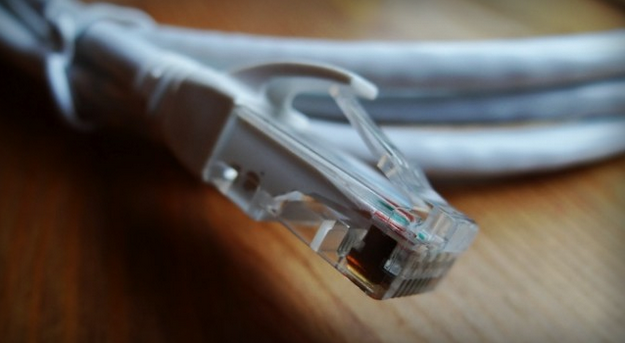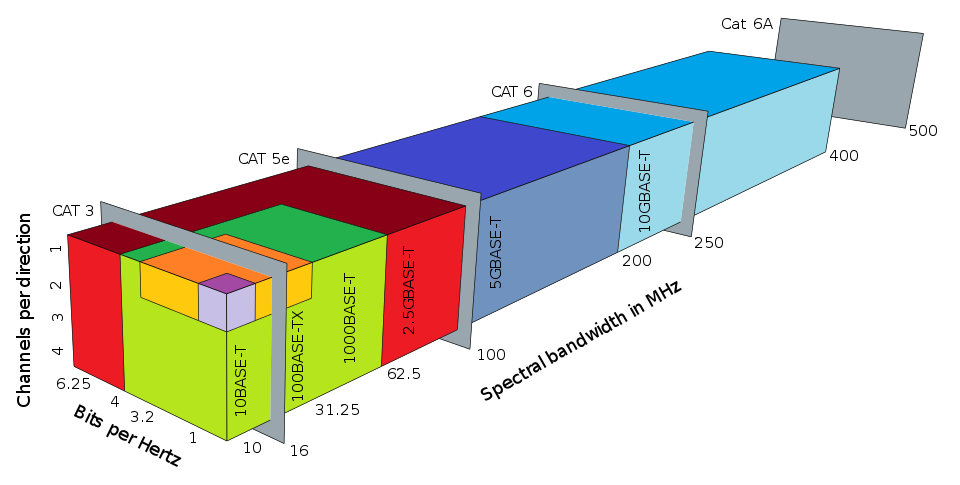
For nearly 15 years, consumer-grade Ethernet performance has stagnated at gigabits speeds, bottlenecked by the high cost of replacing all existing cables with the Cat6a and Cat7 needed to pull speeds of 10GbE. The standard has remained dominant for the last 13 years since Intel’s 875P chipset first popularized the feature in the PC market by joining the Ethernet controller to the northbridge. But now, the IEEE has just ratified the new 802.3bz Ethernet specification that defines the 2.5GBASE-T and 5GBASE-T standards, promising to boost the current top speed of traditional Ethernet five times without needing to replace existing cabling.
A 13-year lifespan is quite unheard of as far as consumer-facing technological advancements are concerned, but there are a few very specific reasons why 1GbE has remained ubiquitous for as long as it has. First, upgrading to 10GbE — the current state-of-the-art standard — requires that all existing Cat5e and Cat6 be replaced with Cat6a, Cat7, a rather expensive undertaking that wasn’t considered necessary until very recently. Secondly, before the popularization of media streaming and cable cutting, the bandwidth demands of the average home were low enough as to barely even saturate the existing standard.
Simply put, the investment wasn’t justified. Preparatory upgrades weren’t feasible either, as 10GbE isn’t backward-compatible with previous standards. Not to mention that routers, switches, and network cards capable of supporting 10GbE are much more expensive than their 1-gigabit counterparts.
The two new standards will have no issue satisfying current needs, as they were specifically created to use 10GbE signaling, but at a rate that remains compatible with the existing Cat5e and Cat6 cables up to 100 meters. Enabling users to pull five times the internet bandwidth without a disruptive cable change is a major advantage, extending the life of an enormously abundant asset that’s far less expensive to bring to market than current 10GbE technologies.

The 2.5Gbps standard runs on Cat5e out to 100 meters, while the 5Gbps standard requires Cat6 cable to run 100 meters.
Ultimately, disseminating 2.5GBASE-T and 5GBASE-T across the wider populace is a long-term endeavor; the majority of American households don’t even have access to 1 Gigabit speeds. Homes and offices in possession of lower-end routers and switches must upgrade their hardware, for older devices specifying gigabit capable tend to support the standard on a single port.
Alternatively, re-cabling an entire building is costly, disruptive, and not always an option, yet it’s easy to imagine the value of delivering 2.5 to 5 times the gigabit speeds to more than 1.3 billion Cat5e/6 outlets worldwide without the massive overhead cost.
Source: ExtremeTech
Advertisement
Learn more about Electronic Products Magazine





